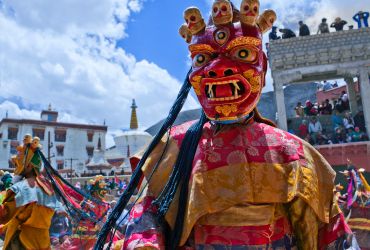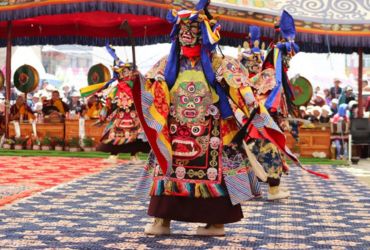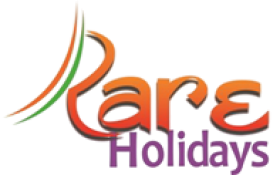Festivals
Tibet, trapped in a time warp, is a view into how the world appeared many years ago, undisturbed by Western influences, content, and delightfully isolated from the rest of the world. It is a treasure mine of natural beauty and Buddhist history, as well as the Dalai Lama initial home before his exile in India. Tibet has a strong spiritual vibe.
The majority of Tibetan festivals are held in local Buddist monasteries, which serve as the focal point for prayer, commemoration, and celebration. The Saga Dawa, the Monlam Prayer Festival, the Butterlamp Festival, and the Thangka Unveiling at Tashilhunpo are among the most important events for the inhabitants. The festivities are low-key and lack a rowdy tone, which is consistent with the rest of the region. But be prepared to witness a lot of colour, local food, and dancing.

Tibetan New Year
Losar, the Tibetan word for New Year, is celebrated across Tibet with fervour and reverence. For 15 days, the region is alive with dance, music, festivals, and religious activities. The monasteries are the centre of all activity, with individuals dressed in traditional attire and offering prayers. The monastery courtyards come alive with monks' performances.

Saga Dawa Festival
Saga Dawa, a festival commemorating Buddha's life and teachings, is widely celebrated throughout the region. Celebrated between March and April, it is a moment for Tibetan cities to flourish. This day is marked with monastic visits, religious processions, traditional garb, and a deep respect for the instructor.

Sho Dun Festival
Sho Dun, also known as the 'yoghurt' festival, is a staple in Norbunlingka's annual festival calendar. This summer festival dates back to the 16th century, when the locals hosted a dinner for the monks, with yoghurt as the main dish. Go here to witness the vivid operas that will take you into Tibetan history.
Join Newsletter
To receive our best deals


